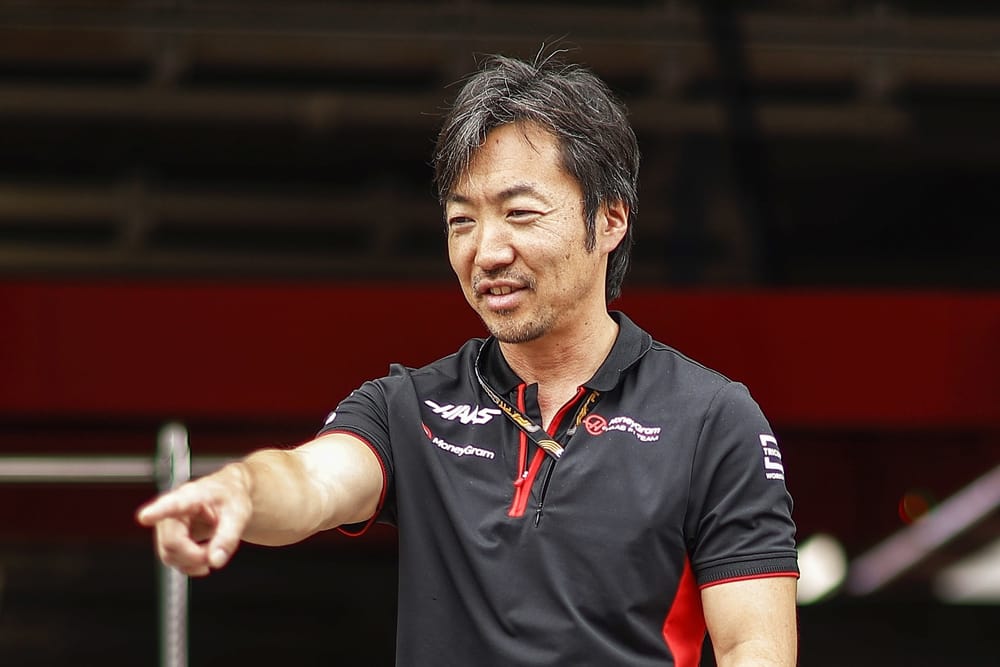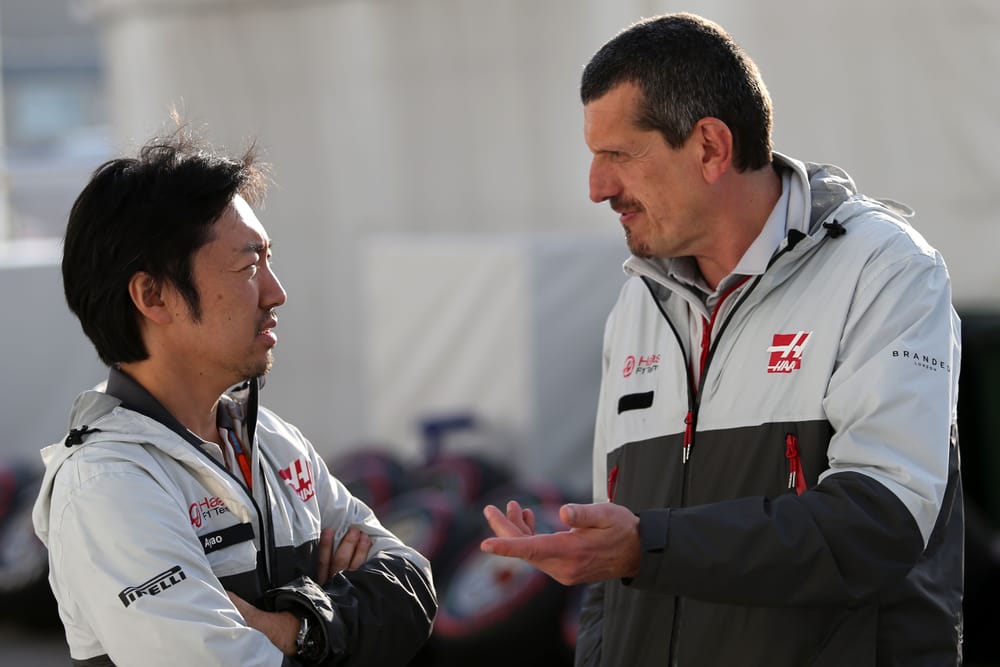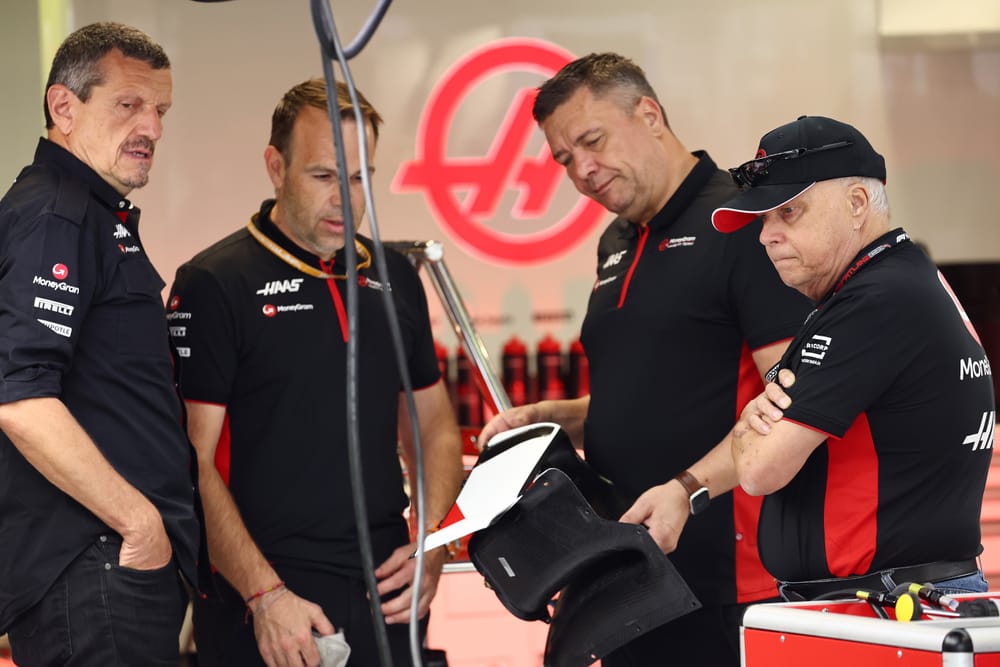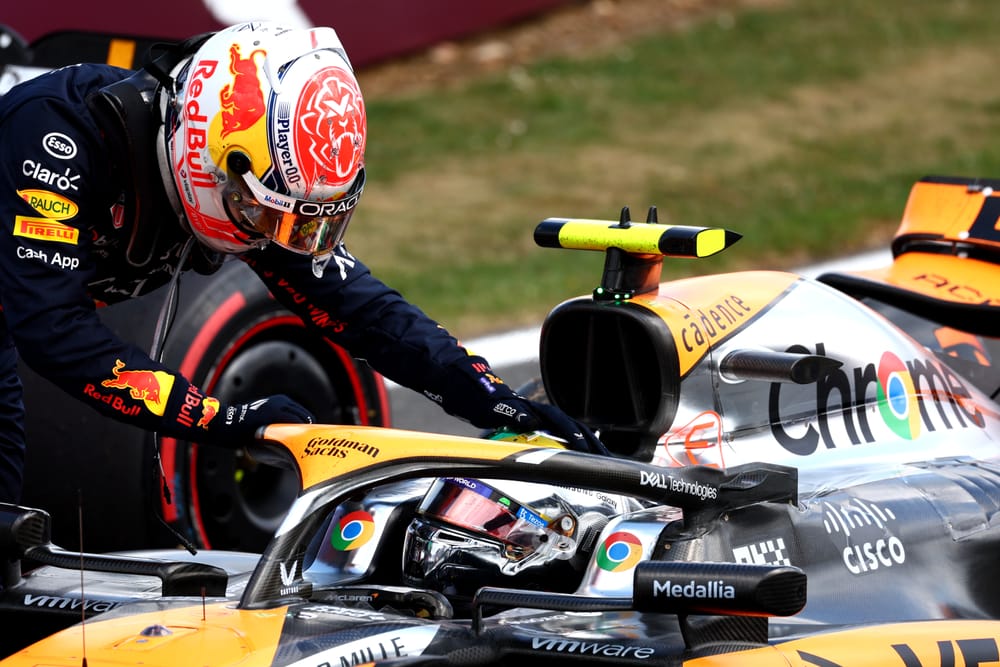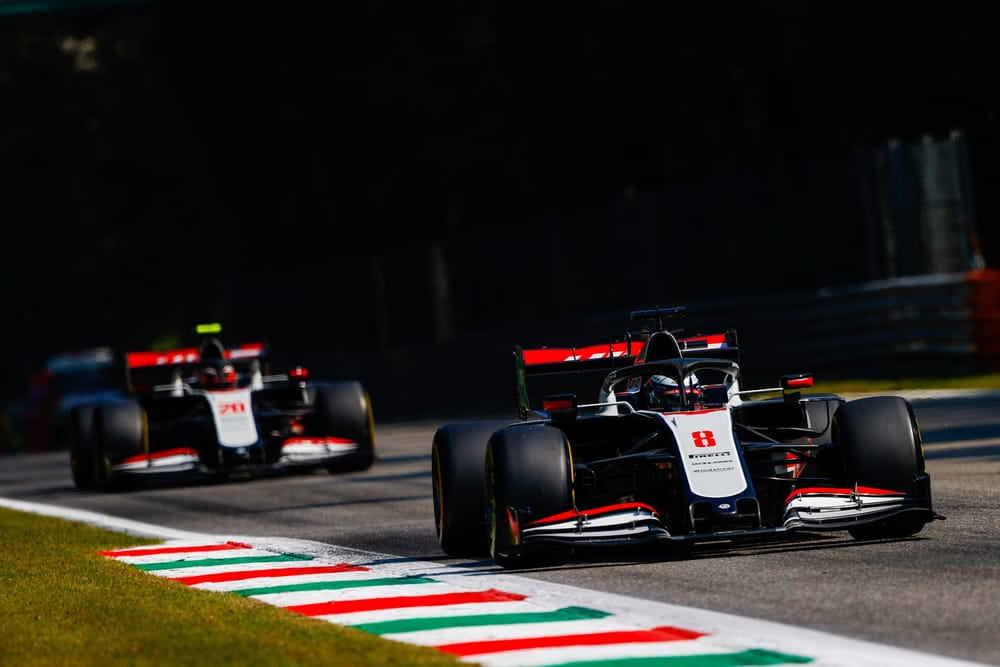Up Next

New Haas team principal Ayao Komatsu is right when he says "the key word is communication" as he tries to work out ways to make what the 2023 points table says is the worst team in Formula 1 work better.
No matter what walk of life you are involved in, communication is vital - and when you are dealing with any F1 team, which will be made up of between 800 and 1600 people, let alone one that is spread across three countries as Haas is, making it function effectively is easier said than done.
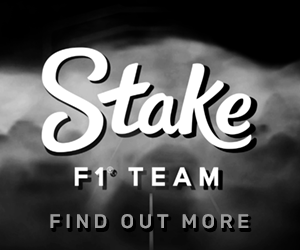
When, as a new team principal, you are tasked with doing that with a team that is split geographically, finished last in the constructors' championship (which means a very small pot of prize money) and has an owner like Gene Haas, who is demanding improved results but has made it clear he’s not willing to up the investment, it’s a huge ask. Only good communication can tie everything together and ensure one or more of those pressures and problems doesn’t make progress impossible.
As F1 teams have grown, so have management structures. Communication must be open in both directions, meaning every person must be able to express their concerns to their managers, and those managers should bring those concerns to the upper management. That sounds obvious, but it’s easy for this to break down.
Often it takes a whistleblower of some kind to bring attention to a situation in companies, which hopefully will never be necessary in F1. But these teams are now big enough and complicated enough structurally for that possibility to be just around the corner.
The words ‘communication’ and ‘acceptance’ need to go together. Meetings must take place and situations must be discussed, but then everyone needs to walk out of those meetings and focus totally on the direction that was discussed and agreed upon.
On many occasions, I have been involved in that style of meetings and perhaps I was a bit too dominant and pushed too hard for what I felt was correct. But what I hated most was when people left the meetings and just got on with what they wanted to in the way they wanted to, paying no attention to the big plan.
You need to get everyone to buy into the big plan. In Haas’s case, those in the team will have a good idea of what is possible and Guenther Steiner believed more investment was needed to have the chance to deliver on the owner's long-term objectives.
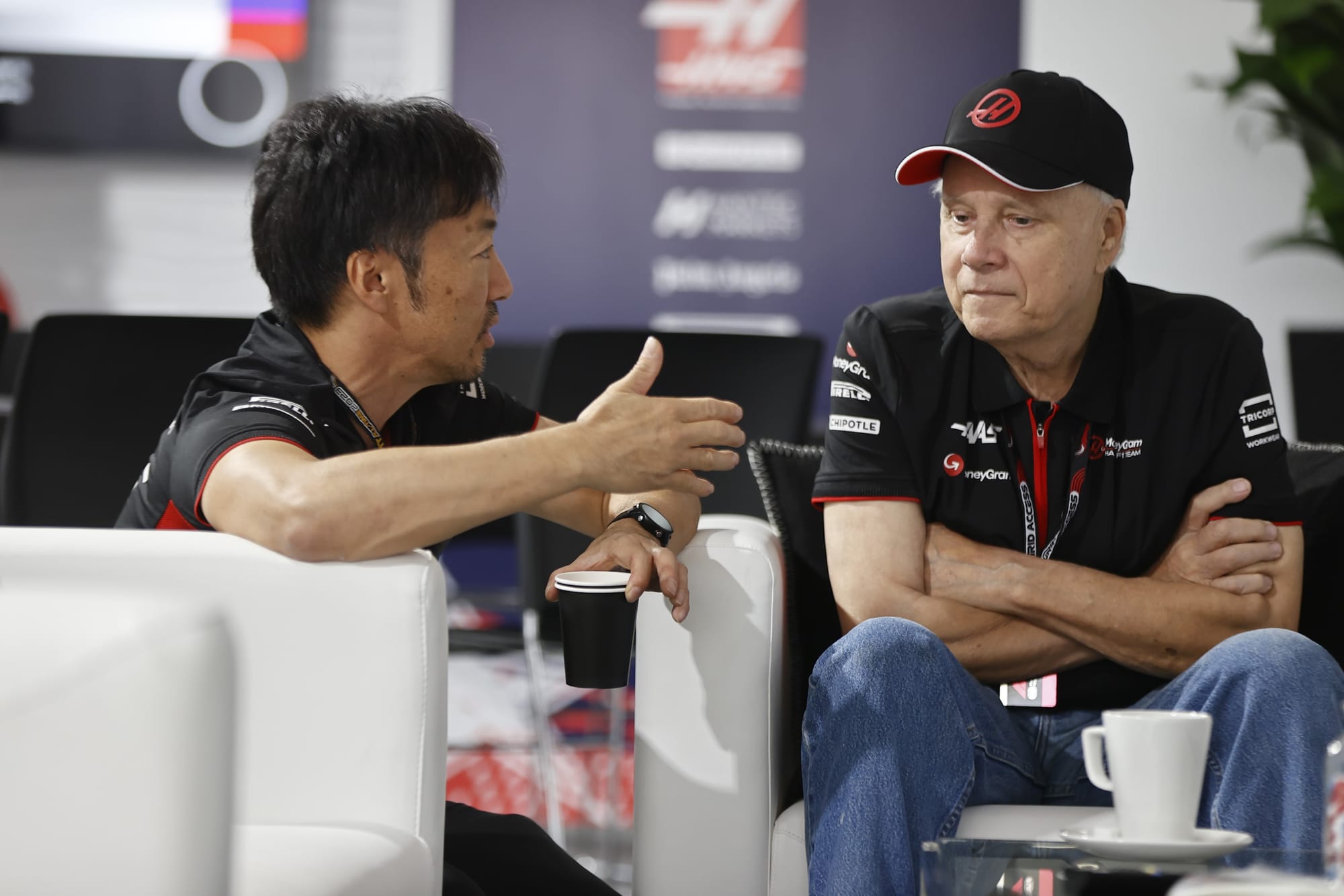
Komatsu will need to convince his subordinates there's a clear pathway forward - which is also simply part of that process of building Gene Haas’s confidence that the team is now capable of spending his money wisely to improve performance and not just spending it to exist.
There’s also the risk posed by having the team boss role effectively split. Komatsu says he will focus on his area of expertise, with a chief operating officer due to join the team to oversee marketing and commercial matters and some of the other functions of the team.
That means those two will need to be on the same wavelength, with everyone below understanding exactly who is making the big calls and setting the direction. Given the COO hasn’t been appointed yet and it could be some time before Haas has anyone in that position, their arrival could potentially disrupt the way the team works just as everyone is getting used to their new team boss.
An F1 team is prone to a split in what the focus is on achieving. The factory-based side of the company is the creator of a product and the race team is the end user.
In normal business, if the end user isn’t happy with the product they can go off and buy something else from another supplier, but in F1 that isn't how it works.
Since I have been involved in F1 teams full-time, I have been asked on a couple of occasions to go into a team as a consultant. What I found on those occasions was a lack of acceptance between those two groups.
The creator of the product blamed the user for not utilising it correctly and the end user blamed the creator for not designing a good enough product. They weren’t working together to find a way out of the situation.
It’s easy to say that the results define the size of the problem, but it’s not simply the case that you just go off and find more downforce and you're faster, it’s much more subtle than that. You must recognise the car’s problems and the race team is responsible for that.
The race team should then communicate its findings to the design group, allowing them to go off and find solutions to those problems.
That’s where open communication is critical, as there’s no point in trying to dig the hole deeper if it's already deep enough. Yet that can so easily happen.
As far as Haas is concerned, last year it had a reasonably quick car in qualifying but faded dramatically over a race stint. Often, a Haas started in the top 10 but before you knew it was running 15th or 16th and making an earlier pitstop than others.
The solution to that isn’t simply adding downforce, it’s about how the car is treating the tyres. Those problems can be aerodynamic, mechanical, or a combination of both.
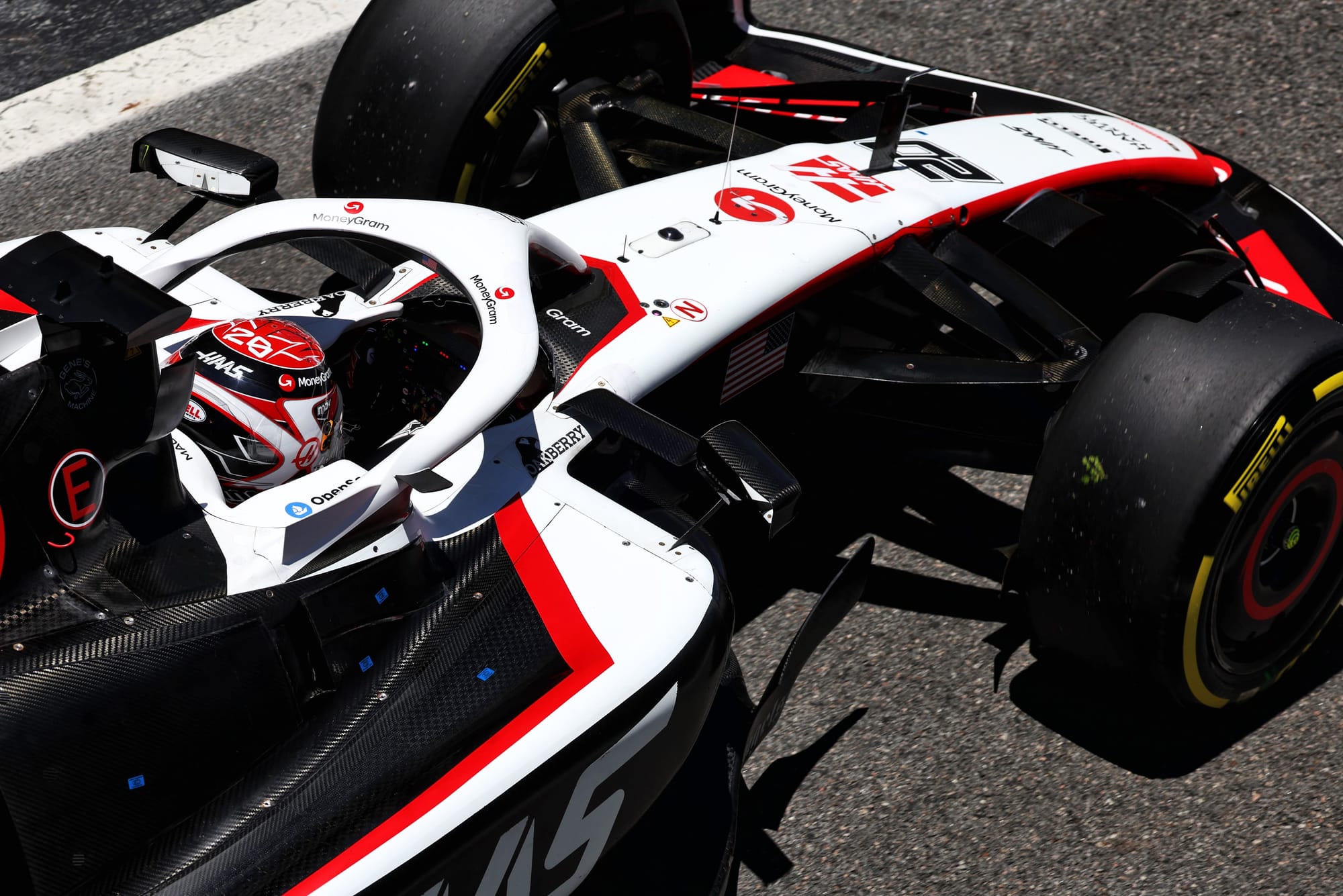
If it was so obvious on the outside, clearly those within Haas will have been well aware of the problem. It wasn’t just a case of one bad weekend, it was race after race - meaning the recovery priority was obvious.
Internal communication will have been critical to set the direction for recovery. And it seems that side of things wasn't perfect - as Komatsu has admitted, communication played a part in the lack of development last year.
'Politics' can also lead to a lack of communication, but that word can mean many things. It’s better to call it personal ego - because everyone wants to be recognised for their contribution.
But if that isn’t how your company works, everyone will go off in their own direction to find the magic bullet that solves the problems. And if that doesn’t work, then it’s easy to point to other departments as being responsible for the problem.
At modern F1 teams, it’s not just a case of the factory versus the race team; within both of those there are multiple departments and groups, meaning there’s huge potential to be working against each other rather than together.
As James Allison has spoken on many occasions about how the situation at Mercedes has been made worse by a breakdown in internal communication, it’s obviously not just Haas that has these problems. However, for Haas the situation is compounded by being split between the USA, the UK and Italy, meaning that being a small team actually creates a bigger problem.
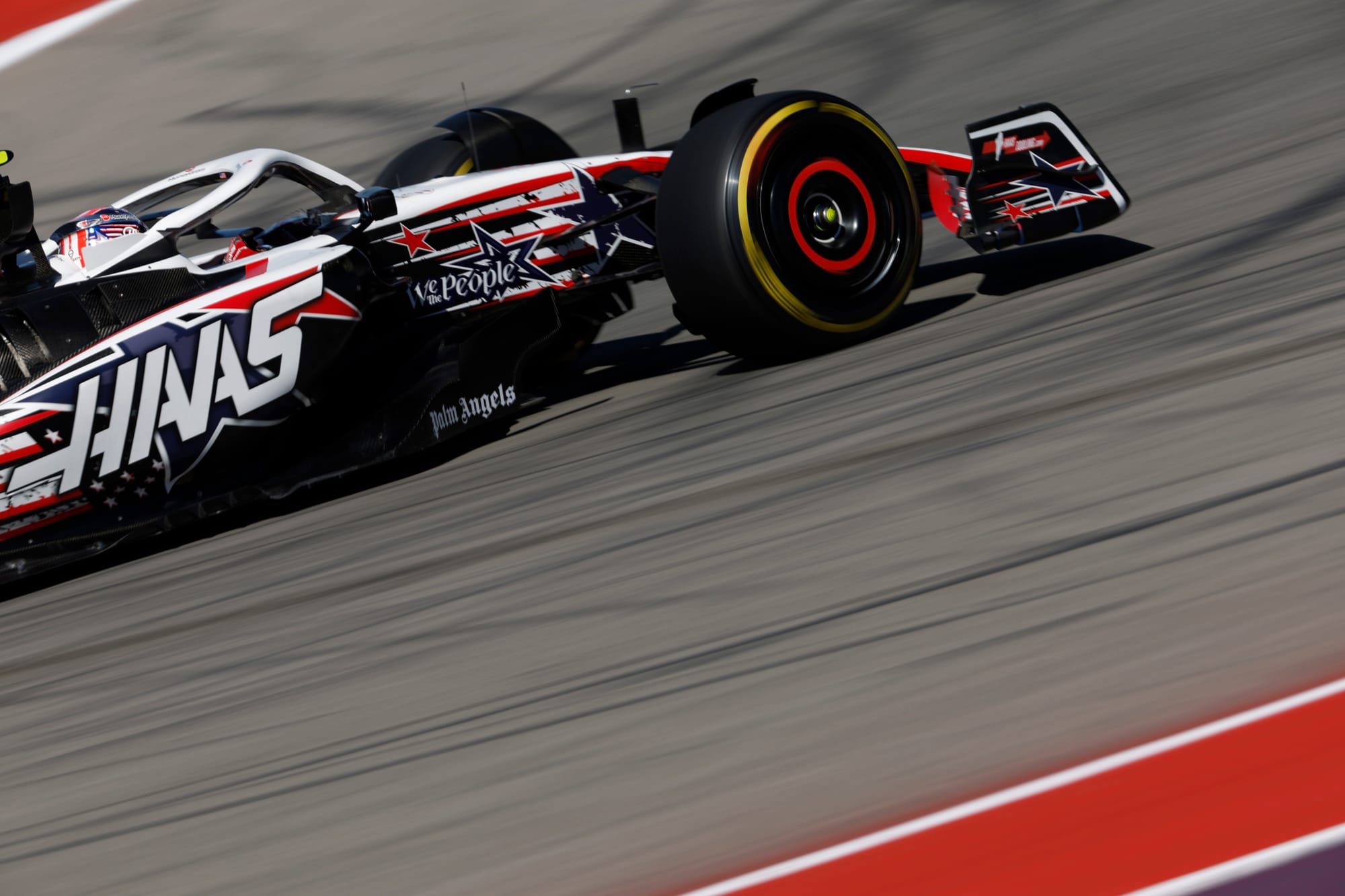
Usually, you’d expect a small team to have an advantage in terms of communication because there are not as many moving parts within the organisation - but for Haas it’s the opposite.
Komatsu must also be aware that he risks being seen by the Italian side as aligned too closely with the UK side of the team. He is aware of that risk - and travelled to Maranello for discussions to ensure there is good communication with the personnel there.
To make things more difficult, Simone Resta has left his role as technical director, so there risks being uncertainty there, which only effective communication can solve. How Komatsu and the new technical director - when Haas finds or appoints one - work together will be crucial in ensuring Banbury and the Haas design office in Maranello work as one.
At the same time, coming from a role of being the top dog in terms of track engineering, Komatsu must ensure he focuses on the job as team principal.
I’ve never been a fan of the team principal and a technical leader being the same person so, while Komatsu is inevitably focused on making the design and engineering side of the team work, he can’t become too embedded in that.
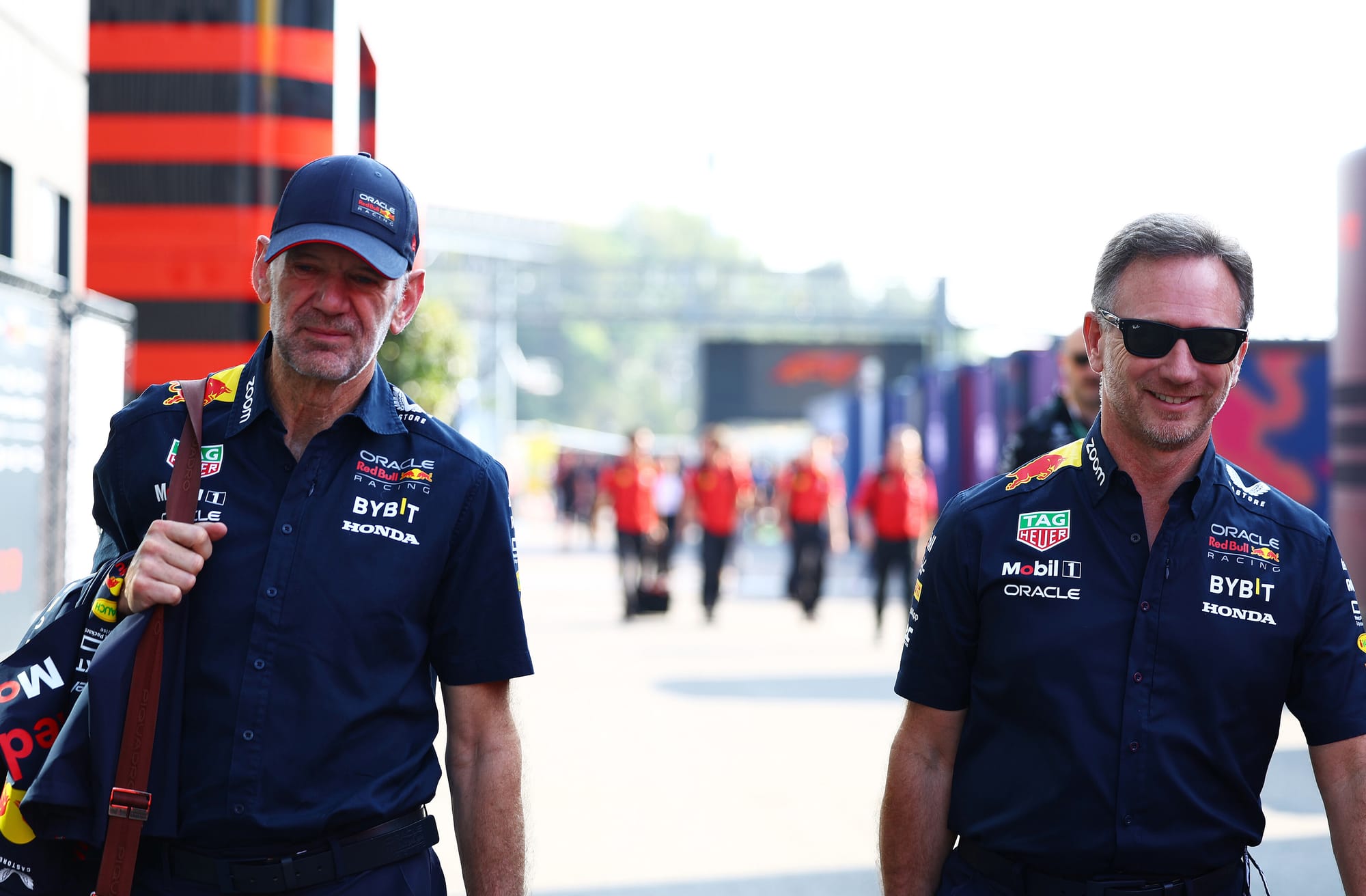
Red Bull and Mercedes are the templates for why that’s the case as they have won every world championship between them over the past 14 years - and done so with a clearly defined team principal and technical leadership.
The key is the transparency of that communication at the very top filters down through the company - if you don’t have clarity between the two sides at the top, then it can filter down negatively.
As for Haas's leadership in the United States, that needs to be kept out of the way of the rest of the team. I wouldn't want them to end up in the kind of situation Jaguar did when Ford in Detroit was getting too involved and holding us back.
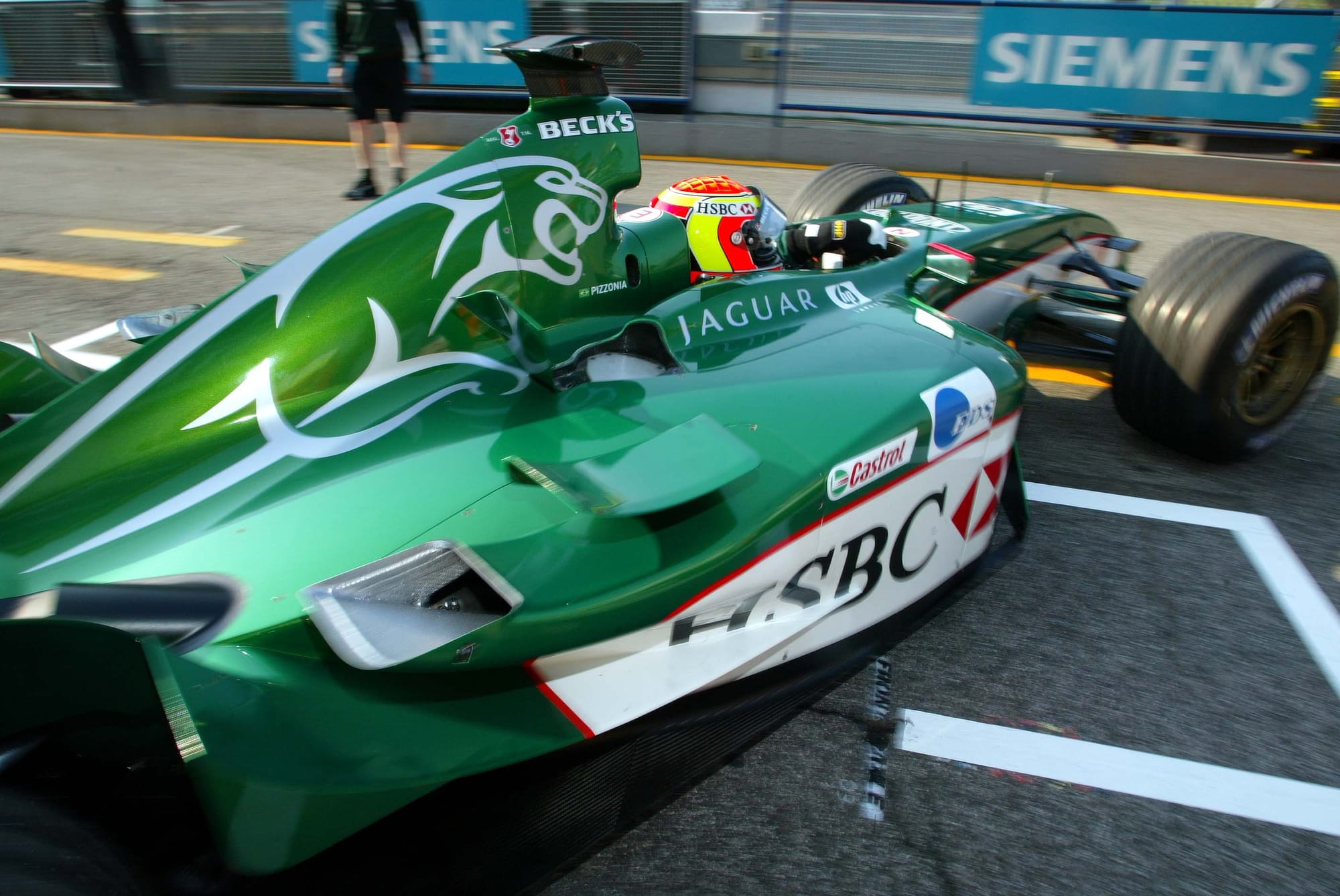
In that sense, it really does start from the very top - but from there it must work its way throughout the organisation without breaking down.


